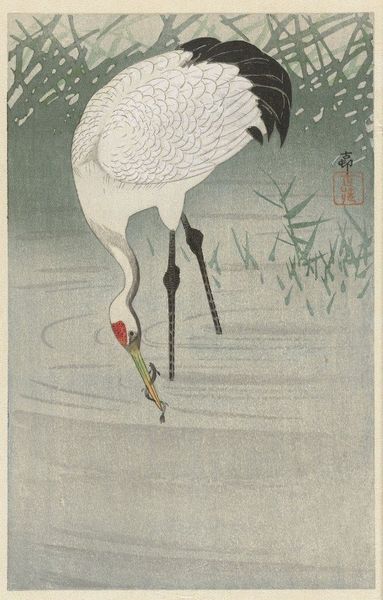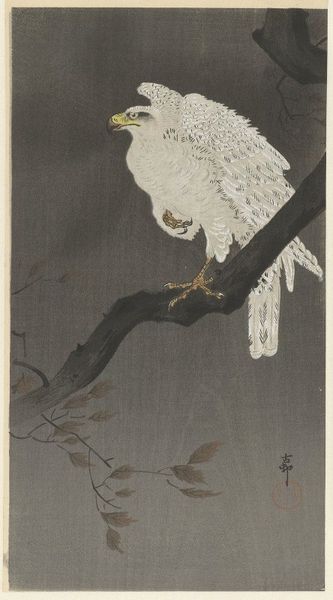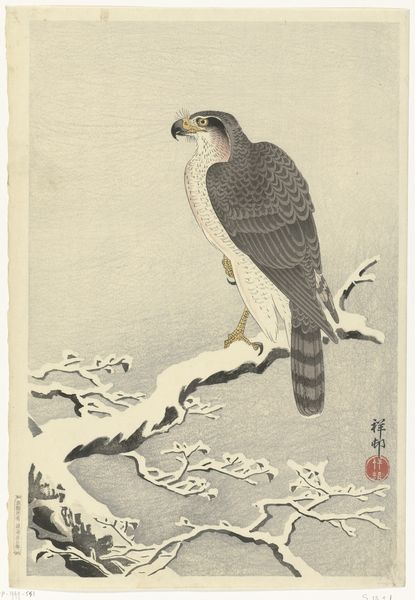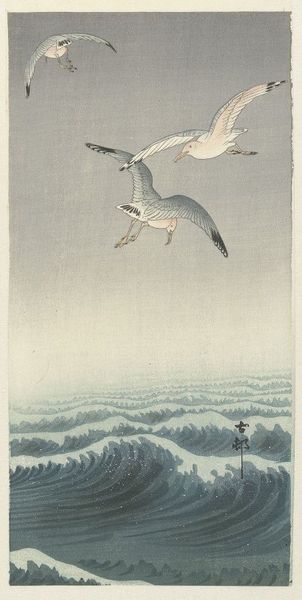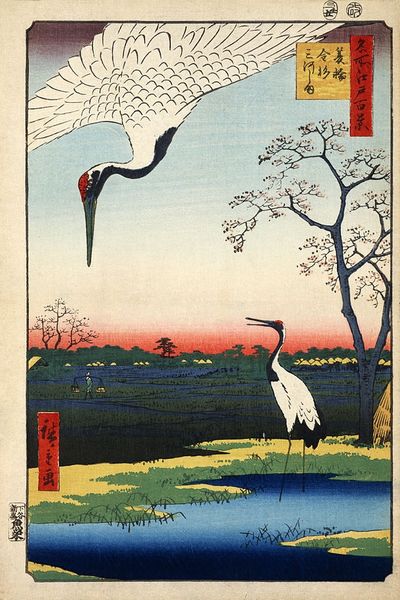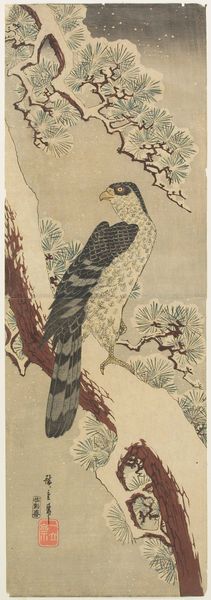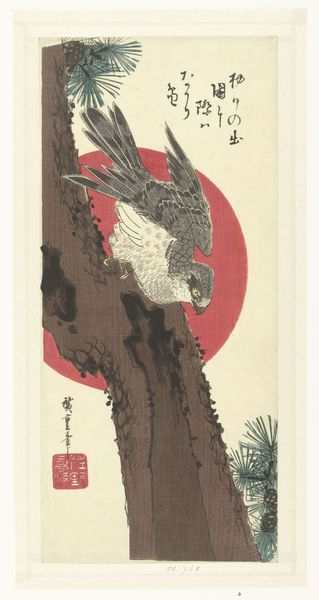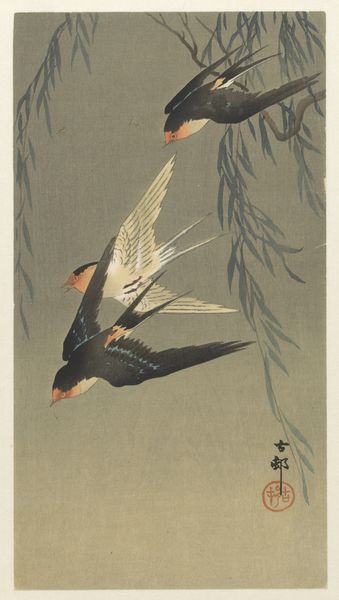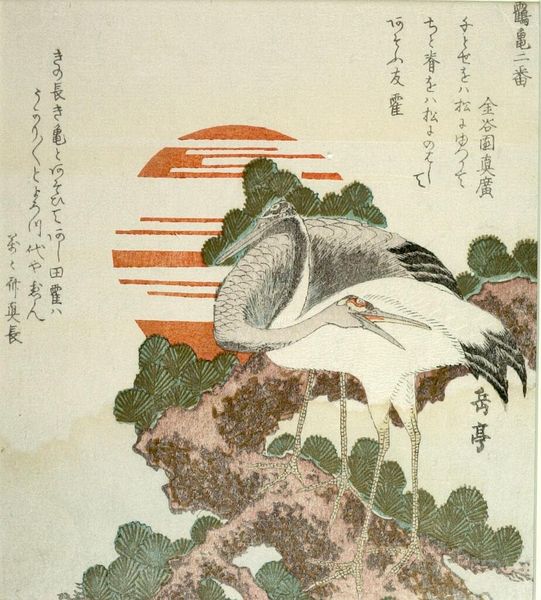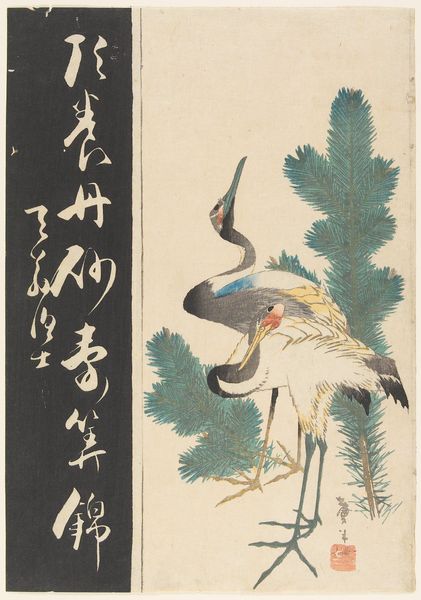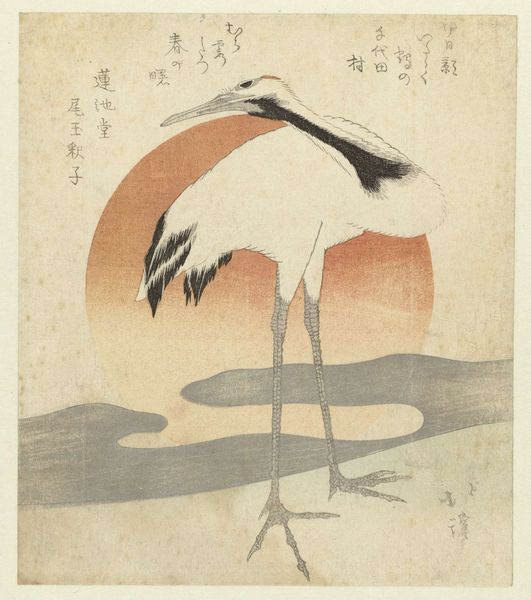
Copyright: Public Domain: Artvee
Ohara Koson made this woodblock print of Japanese common cranes and pine, sometime before his death in 1945. Koson trained in a Japan that had only recently opened up to the West, and was modernizing rapidly. In this context, traditional art forms were self-consciously preserved, even as they adapted. Woodblock prints like this one, mass-produced for a popular urban audience, revived older styles associated with the Edo period, such as *ukiyo-e*. The natural world was a common theme in these works. The crane is often used in Japanese art as a symbol of luck or longevity, so we can understand Koson’s picture as a celebration of these ideals. When looking at an artwork like this, the historian is able to consider the social and institutional forces that shaped its creation and reception, helping us to understand how Japanese traditions have evolved over time.
Comments
No comments
Be the first to comment and join the conversation on the ultimate creative platform.
